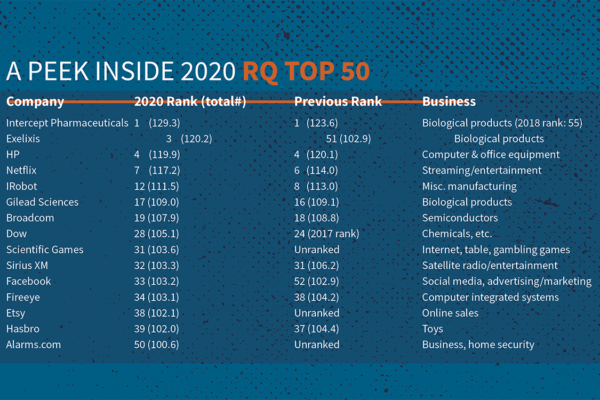Paul Sagel seems to have violated all the presumed rules about innovation at big companies. With a swipe of gel and a strip of plastic, the Procter & Gamble research fellow created a $250 million annual line of business for company No. 42 on the Fortune 500.
Among business researchers, however, the conventional wisdom was that Crest Whitestrips should never have happened. A nagging thread in the academic literature since the 1940s strongly suggests that the bigger a company gets, the less efficient it becomes with its investments in innovation. As they grow, firms spend more and more, yet they get less and less out of it.
Not so fast, says a Washington University in St. Louis researcher and expert in research and development (R&D).

Anne Marie Knott, the Robert and Barbara Frick Professor of Business in Olin Business School, has co-authored a forthcoming paper in Organizational Science designed to tease apart this riddle: Why would firms engage in this seemingly irrational behavior? How can they hope to outpace the innovation in small, nimble startups that aren’t saddled with overhead and corporate inertia?
The answer to the riddle is that large companies aren’t acting irrationally. The paper, “Reconciling the Firm Size and Innovation Puzzle” — written with Carl Vieregger, assistant professor of management at Drake University who earned his PhD at Olin — concluded researchers just haven’t had the right tools to measure the productivity of investments in research and development.
Knowing the answer is vital, Knott said, because big companies remain a thriving engine of innovation and shouldn’t let conventional wisdom slow them down.
“Large firms comprise 87% of the innovation engine in this country,” said Knott, citing numbers from the National Science Foundation. “They do 5.75 times more R&D than smaller firms with fewer than 500 employees — and they’re more productive with it.”
Breaking the rules
According to the conventional academic wisdom on R&D, large firms tend toward process innovation — how can we produce products more efficiently? — rather than toward new products or services. And they lean more toward incremental updates — “new and improved!” — versus new-to-the-world breakthroughs.
So Paul Sagel “broke the rules” when Procter & Gamble launched Crest Whitestrips in May 2001. The company invested years of work to introduce a revolutionary new product, disrupting cosmetic dentists’ trade in expensive tooth-whitening treatments.
In their attempt to unravel this seeming paradox, the research team took two approaches — one conclusive, the other inconclusive — and plumbed a relatively untapped source of data from the National Science Foundation’s Business R&D Innovation Survey (BRDIS), which has collected qualitative and quantitative data since 2008.
Two approaches
In their first approach, the researchers analyzed BRDIS data from more than 2,000 firms that invested in R&D. That analysis examined whether the apparent “small-firm advantage” stemmed from their conducting more productive forms of R&D, or whether the forms became less productive as firms got larger.
Using that approach, the team found that small firms did development (rather than research), radical innovation (rather than incremental innovation), and product innovation (rather than process innovation) — just as the prevailing theories have predicted. But the researchers found no evidence that those strategies made them more productive, or that those strategies became less productive as firms grew larger.
Then why do people think small firms are more productive? Because scholars have counted patents or products, rather than the returns from R&D.
Accordingly, in their second approach, the team tested a metric Knott has pioneered in her quest to measure the value of R&D investments: the “research quotient” (RQ), defined as “the output elasticity of a company’s R&D ” that is, the percentage change in revenues from a percent change in R&D. It relies exclusively on firms’ financial data rather than unreliable and inconsistent measures such as the number of patents.
‘The idea that large firms can buy small firms to replace their own R&D is just disastrous.’
Anne Marie Knott
In that analysis, Knott and Vieregger found that large firms had higher RQ, no matter what form of R&D they chose. This is because large firms can exploit their size, spreading the cost of innovation across the operation. In the case of Crest Whitestrips, for example, P&G already had brand equity, distribution channels, a sales force and other assets, increasing the productivity of its investment in a new product.
“The main takeaways are these: The idea that large firms can buy small firms to replace their own R&D is just disastrous. If we have to start rebuilding the R&D engine from scratch, it will be impossible,” Knott said. “The second is that large firms shouldn’t try to operate like small firms to become more productive — they already are more productive.”



